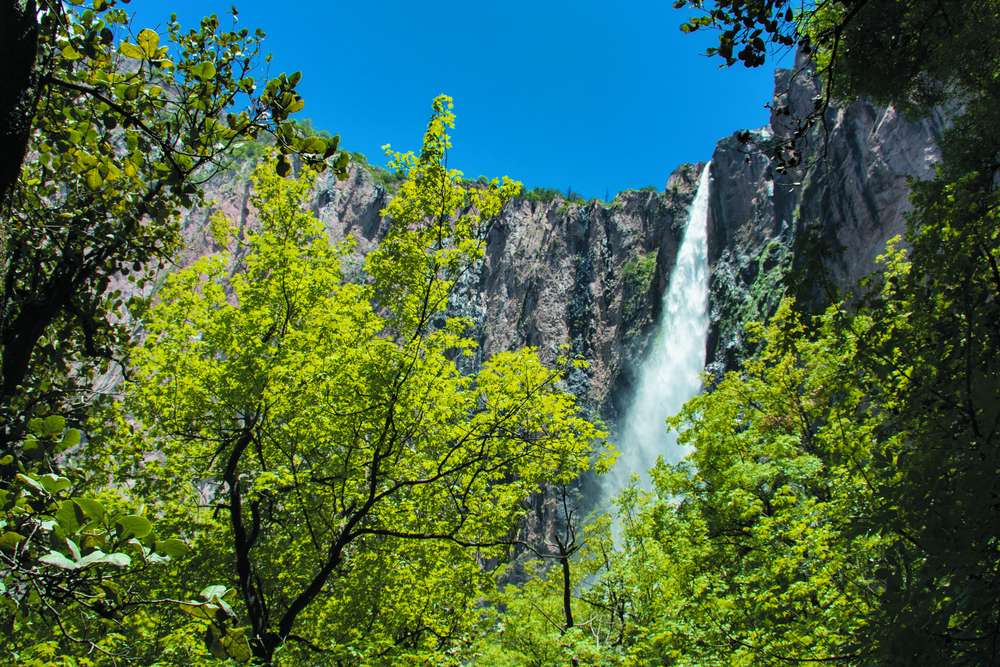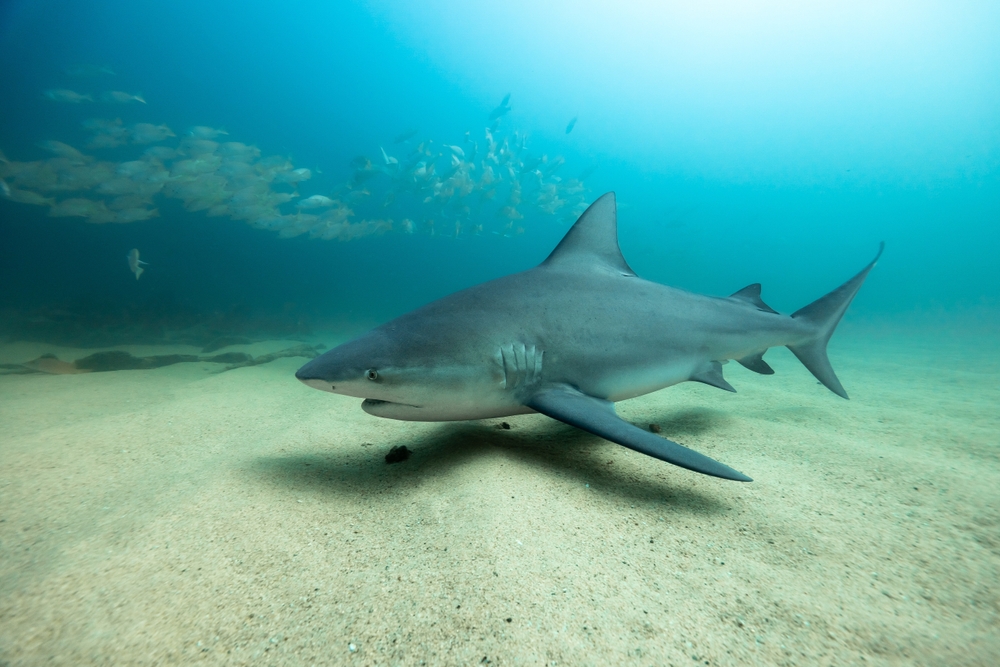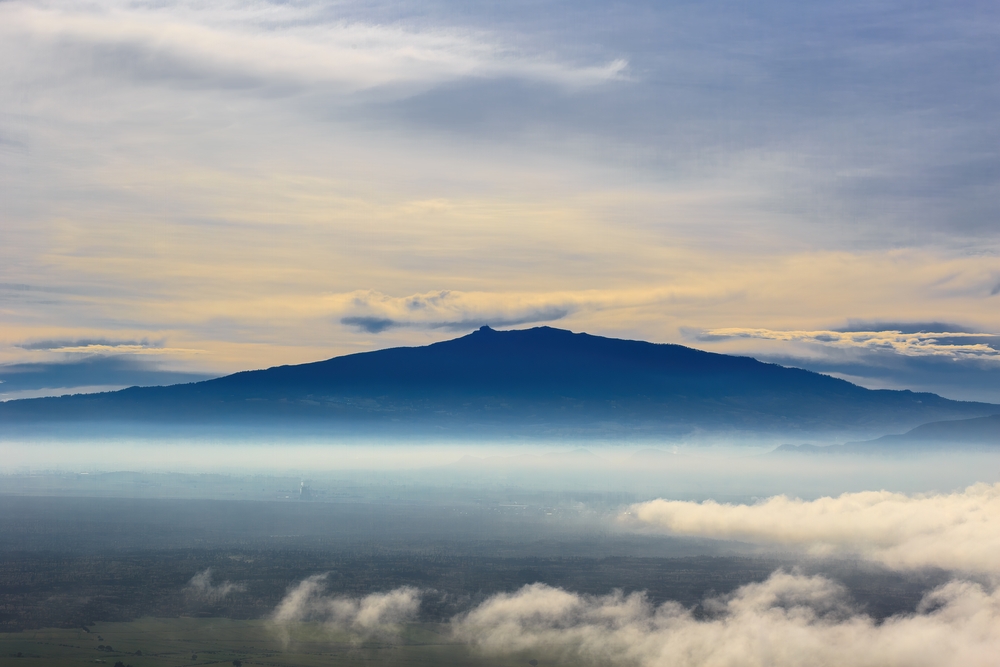Costa Occidental de Isla Mujeres Overview
The Costa Occidental de Isla Mujeres, Punta Cancún y Punta Nizuc National Park, known locally as “Parque Nacional Costa Occidental de Isla Mujeres, Punta Cancún y Punta Nizuc,” is a protected marine area located in the northeastern region of the Yucatán Peninsula in Quintana Roo, Mexico.
Established on July 19, 1996, the park encompasses approximately 33.5 square miles (86.73 square kilometers) of marine and coastal ecosystems. It is strategically situated along the coastlines of Isla Mujeres and the hotel zone of Cancún, covering three main sections: the western coast of Isla Mujeres, Punta Cancún, and Punta Nizuc.
This national park forms an integral part of the Mesoamerican Barrier Reef System, also known as the Great Mayan Reef, which is the second-largest coral reef system in the world. The park’s terrain is predominantly marine, featuring extensive coral formations, seagrass beds, and mangrove ecosystems.
The coral reefs are home to a variety of hard corals, including species like elkhorn coral (Acropora palmata) and staghorn coral (Acropora cervicornis), which create complex structures that support diverse marine life. The seagrass beds, primarily composed of Thalassia testudinum and Syringodium filiforme, serve as crucial habitats for numerous marine species. Mangroves, found especially around the Isla Mujeres area, play a vital role in coastal protection and provide breeding grounds for various organisms.
The park boasts a rich biodiversity, with over 1,120 recorded species of plants and animals. Marine fauna includes a wide array of fish species such as queen angelfish (Holacanthus ciliaris), barracudas (Sphyraena barracuda), and various reef fish.
Invertebrates like sponges, mollusks, crustaceans, and echinoderms are also abundant. Notably, the park serves as a habitat for endangered species such as the loggerhead (Caretta caretta), hawksbill (Eretmochelys imbricata), and green
sea turtle (Chelonia mydas), which rely on the park’s waters for feeding and nesting. The park is also an essential habitat for marine mammals, including bottlenose dolphins (Tursiops truncatus) and the occasional sighting of manatees (Trichechus manatus).
Bird species such as frigatebirds (Fregata magnificens), brown pelicans (Pelecanus occidentalis), and herons can be seen along the coastal and mangrove areas, adding to the park’s ecological diversity.
One of the park’s most famous attractions is the Museo Subacuático de Arte (MUSA), an underwater museum featuring over 500 sculptures submerged in different sections of the park. These sculptures serve as artificial reefs, promoting coral growth and marine biodiversity while also diverting tourist activity away from natural reefs.
Snorkeling and scuba diving are among the most popular activities in the park, allowing visitors to explore vibrant coral formations and encounter the abundant marine life up close. Glass-bottom boat tours and guided kayak excursions also offer alternative ways to experience the park’s beauty without entering the water.
Conservation efforts in the park focus on protecting its fragile marine ecosystems from human-induced threats such as overfishing, pollution, and the impacts of mass tourism. Regulations are in place to limit the number of visitors and enforce responsible diving and snorkeling practices to minimize reef damage.
The park has also benefited from coral restoration programs that involve transplanting corals onto degraded reef sections to promote recovery. Despite these successes, challenges remain, particularly concerning climate change, which contributes to coral bleaching and rising ocean temperatures. Collaborative efforts between government agencies, conservation organizations, and local communities continue to play a crucial role in ensuring the long-term preservation of this unique marine environment.
Park Map
Costa Occidental de Isla Mujeres National Park Highlights
Share your clicks with us
Related National Parks More Mexico

Basaseachic Falls National Park

Benito Juárez National Park

Bosencheve National Park

Cabo Pulmo National Park

Cañón del Río Blanco National Park

Cañón del Sumidero National Park

Cerro de Garnica National Park

Cerro de Las Campanas National Park

Cerro de la Estrella National Park










































































